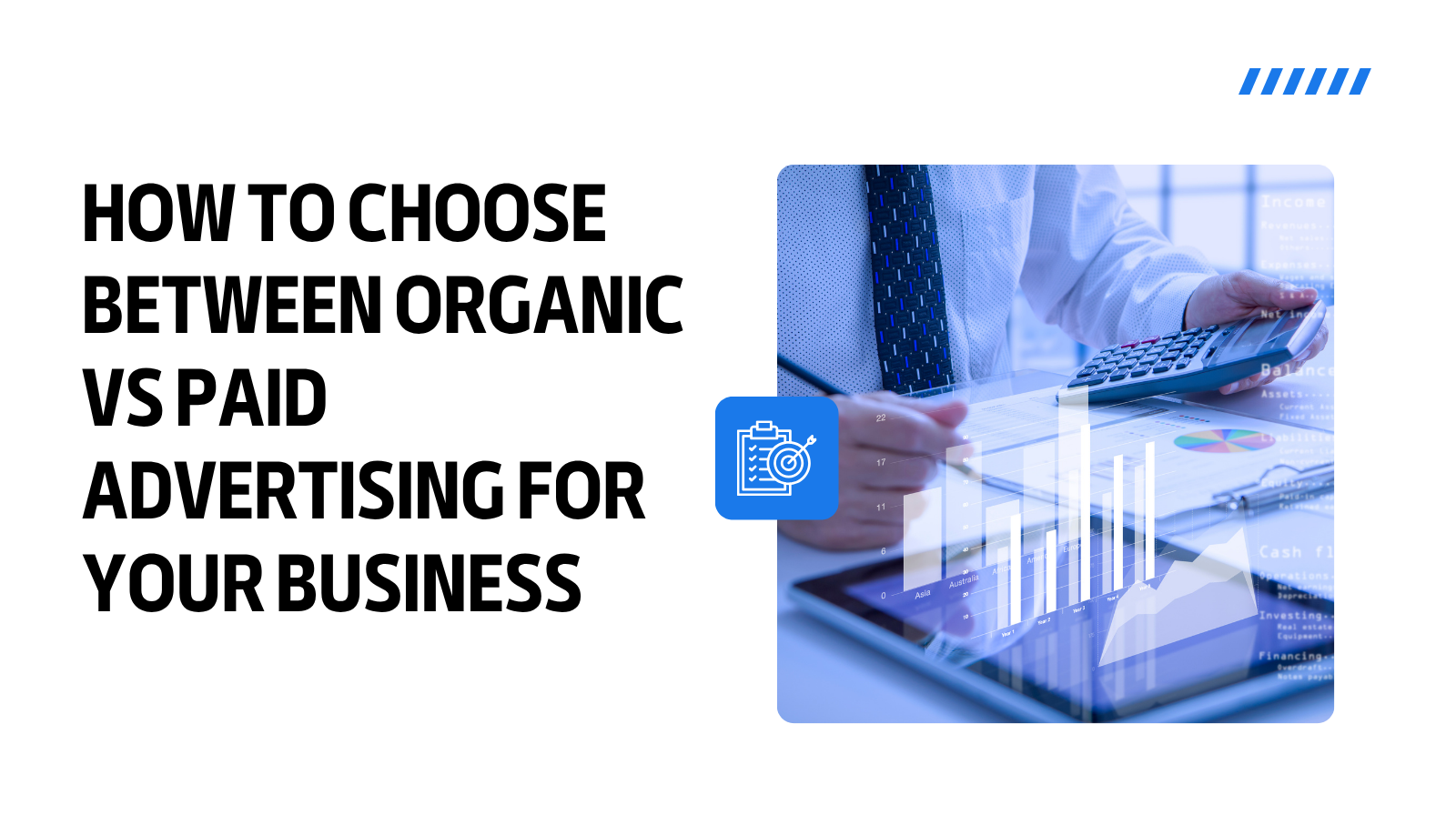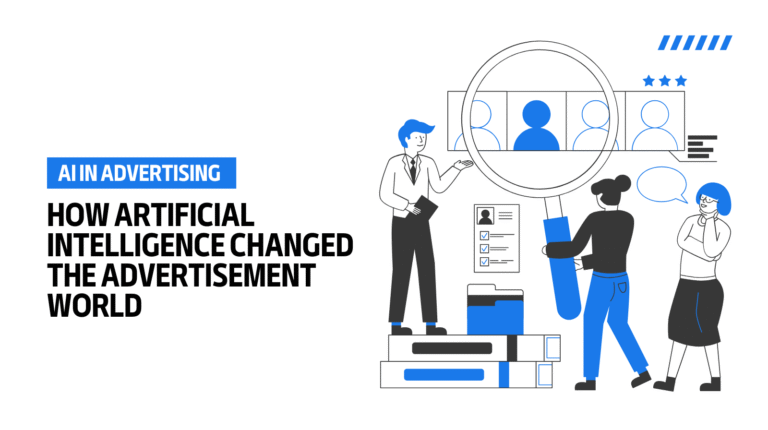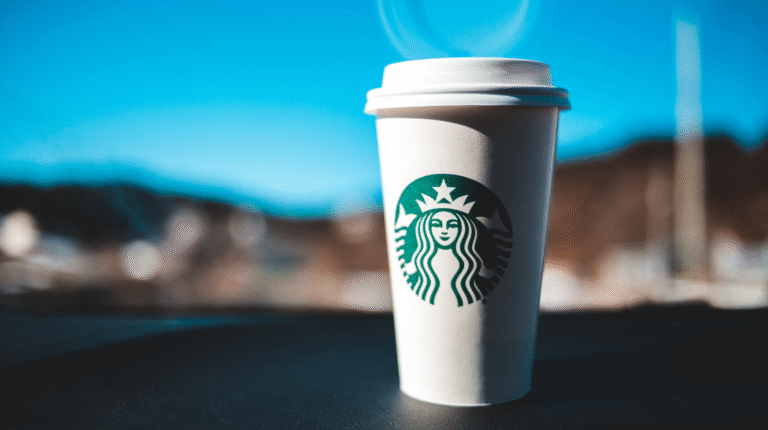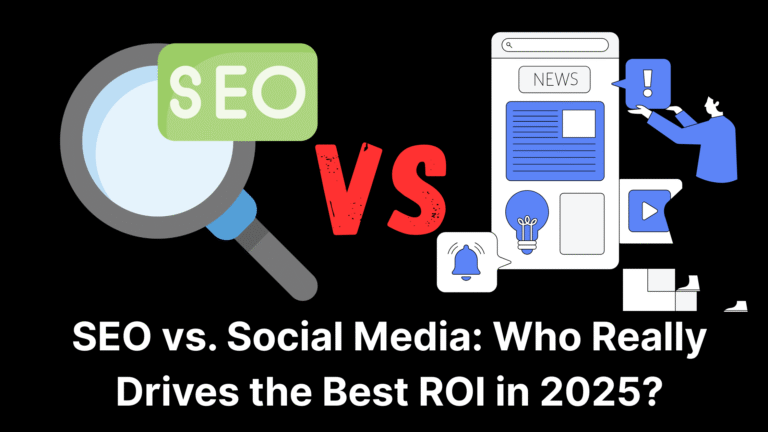In today’s highly competitive digital landscape, every business is faced with a critical question — should I invest in organic marketing or paid advertising?
The answer isn’t one-size-fits-all. It depends on your business goals, budget, timeline, and overall growth strategy. While organic marketing focuses on long-term trust, credibility, and sustainable traffic, paid advertising delivers fast visibility and precise audience targeting.
However, the smartest marketers today don’t treat them as opposing forces. Instead, they combine both to create a hybrid strategy that balances immediate results with lasting growth.
Let’s break down the differences, benefits, and ideal scenarios for each — and help you decide what works best for your business.
Understanding Organic vs Paid Advertising
Before diving into strategy, it’s essential to understand what each term really means.
What is Organic Advertising?
Organic advertising (often called organic marketing) refers to strategies that naturally attract customers without directly paying for visibility. It involves creating valuable, engaging, and search-optimized content that your audience discovers through:
-
Search engines (via SEO)
-
Social media engagement
-
Blog posts, videos, and infographics
-
Email newsletters
-
Word-of-mouth and referrals
Essentially, it’s about earning attention instead of buying it.
The biggest strength of organic marketing lies in its ability to build trust and authority over time. Audiences tend to trust brands that appear naturally in their feed or search results far more than those constantly showing ads.
What is Paid Advertising?
Paid advertising, on the other hand, is when a business pays for immediate exposure — whether through Google Ads, social media ads (Meta, LinkedIn, Instagram), or display and video networks.
You pay per click, per impression, or per conversion, depending on your campaign goals.
Paid ads help you:
-
Get instant visibility
-
Reach highly targeted audiences
-
Drive quick conversions and measurable ROI
However, visibility ends as soon as the ad spend stops — meaning it’s best suited for short-term objectives or competitive markets.
Key Factors to Consider: Organic vs Paid Advertising
| Factor | Organic Advertising | Paid Advertising |
|---|---|---|
| Speed of Results | Slow (takes weeks to months/years) | Fast (can be immediate) |
| Cost Structure | Primarily time and effort; low financial cost | Direct financial investment (PPC, CPM, etc.) |
| Longevity | Long-lasting visibility and sustained traffic | Temporary; ends when ad spend stops |
| Trust & Credibility | Builds high trust and brand authority | Lower trust (perceived as promotional) |
| Targeting | Broader reach based on relevance | Highly specific targeting (demographics, interests, location) |
| Scalability | Hard to scale quickly | Easily scalable by increasing budget |
This comparison table highlights that organic and paid serve different purposes — and depending on your stage of business, one might be more beneficial than the other.
When to Use Organic Advertising
Organic marketing is ideal when your goal is long-term brand building and sustainable audience growth. It takes time to show results, but once it does, the benefits compound.
1. Building Brand Credibility
Organic methods such as SEO, content marketing, and social media engagement help establish your brand as a trusted authority in your industry.
When people repeatedly find your content helpful, they begin to associate your brand with expertise — leading to higher conversions in the long run.
For example, if you run a digital agency, publishing in-depth blogs about SEO tips or social media trends builds trust with readers — who may later hire you for professional services.
2. Limited Budget, More Time
If your business is new or operating on a tight budget, investing in organic growth makes sense. It’s not free (it requires effort and skill), but it demands less immediate cash flow than paid ads.
You can focus on:
-
Writing optimized blogs
-
Growing your social media presence
-
Creating educational videos
-
Collaborating with influencers or partners
Over time, this helps generate steady, cost-effective traffic without the need for continuous ad spending.
3. Sustainable, Long-Term Growth
Organic strategies are like seeds — they take time to grow but bear fruit for years. A well-optimized blog post can keep attracting traffic for months or even years without extra cost.
Similarly, a strong YouTube or social presence builds a community that continues to engage with your content and recommend your brand.
4. Customer Support & Engagement
Organic social media isn’t just about content; it’s about connection.
Use it to:
-
Interact with followers
-
Respond to customer queries
-
Share updates or behind-the-scenes content
-
Showcase your brand’s human side
This helps foster loyalty and keeps your audience emotionally connected with your brand.
When to Use Paid Advertising
Paid advertising is perfect when you need speed, precision, and measurable ROI.
It can generate instant visibility — but only as long as you’re investing in it.
1. Immediate Results
Launching a new product? Running a limited-time offer?
Paid ads deliver instant visibility. Unlike organic posts that rely on algorithms, paid campaigns guarantee impressions and clicks — especially when time-sensitive results are crucial.
For example, an e-commerce brand can use Facebook or Google Ads to promote a flash sale or festive discount, reaching thousands of potential customers within hours.
2. Precise Audience Targeting
Paid platforms offer advanced targeting features that allow you to reach users based on:
-
Age, gender, and location
-
Interests and behaviors
-
Purchase history or intent
-
Custom lookalike audiences
This precision ensures your ads are seen only by those most likely to convert — making paid advertising incredibly efficient for customer acquisition.
3. Competitive Markets
If you’re in a saturated industry like real estate, fashion, or SaaS — relying solely on organic marketing can be tough.
Paid ads help you cut through the noise and appear at the top of search results instantly.
For instance, a new interior design brand in Kolkata can use Google Ads to target “modular kitchen designers near me” — placing itself directly in front of high-intent local customers.
4. Testing New Markets or Offers
One of the smartest uses of paid ads is experimentation.
You can:
-
Test different headlines, visuals, and messages
-
Launch new products in a specific location
-
See which keywords perform best
-
Gather data before scaling organically
This makes paid advertising a powerful feedback loop to refine your broader marketing strategy.
The Recommended Approach: A Hybrid Strategy
The most effective digital marketing approach isn’t about choosing one over the other — it’s about integrating both.
A hybrid strategy allows you to harness the speed of paid with the stability of organic.
Here’s how to do it effectively:
1. Use Paid Ads for Short-Term Wins
Paid advertising is ideal for:
-
Product launches
-
Limited-time campaigns
-
Event promotions
-
Lead generation
It drives traffic and awareness fast, helping you reach specific audiences and collect valuable data.
2. Build Your Organic Foundation Simultaneously
While paid ads drive immediate visitors, focus on strengthening your organic ecosystem — your website, blog, SEO, and social media.
This foundation ensures that even if your ad budget pauses, your brand still continues to get discovered organically.
For example:
-
Use insights from paid keyword campaigns to create SEO-optimized blogs.
-
Turn high-performing ad creatives into evergreen organic posts.
3. Let Paid Insights Refine Organic Content
Paid campaigns are an excellent testing ground.
If certain ad copy, call-to-action, or audience segment performs well, use that data to:
-
Update your website landing pages
-
Improve your content strategy
-
Refine your keyword targeting
This data-driven approach ensures your organic marketing becomes more strategic and efficient.
4. Amplify High-Performing Organic Content
Sometimes your organic content — a blog, reel, or post — performs exceptionally well.
Give it a paid boost to expand its reach.
This hybrid amplification not only increases visibility but also improves engagement and helps the algorithm recognize your content as high-quality.
5. Balance Budget and Effort
Allocate your budget strategically:
-
Spend 60–70% on organic (SEO, content creation, community management)
-
Spend 30–40% on paid (campaigns for reach, lead generation, remarketing)
This balanced investment ensures you get both immediate traction and lasting returns.
Case Example: How Hybrid Advertising Works
Let’s imagine a digital marketing agency launching a new service — AI-Powered Ad Optimization Tool.
Here’s how a hybrid strategy might unfold:
-
Step 1 (Paid Push)
Launch targeted Google Ads and LinkedIn Ads to reach business owners and marketers, promoting a free demo. -
Step 2 (Organic Support)
Publish SEO-optimized blogs on topics like “How AI Is Transforming Digital Advertising” and “Maximizing Ad ROI with Automation.” -
Step 3 (Retargeting)
Use paid remarketing campaigns to re-engage users who visited the website but didn’t sign up. -
Step 4 (Community Building)
Share testimonials, video explainers, and behind-the-scenes posts organically on social media. -
Step 5 (Data Analysis)
Analyze ad performance metrics to identify top-performing keywords and integrate them into future organic content.
This hybrid approach delivers both short-term lead generation and long-term SEO growth, ensuring sustained visibility even after ad budgets fluctuate.
Common Mistakes to Avoid
-
Relying on One Channel Only – Businesses that focus exclusively on paid ads may struggle once the budget stops.
-
Ignoring Analytics – Whether paid or organic, decisions should be data-driven.
-
Not Optimizing Landing Pages – Great ads are wasted if the landing page doesn’t convert.
-
Expecting Instant Organic Results – SEO and organic strategies need patience.
-
Neglecting Retargeting – Always re-engage users who showed interest but didn’t convert.
Conclusion
Choosing between organic and paid advertising isn’t about picking sides — it’s about knowing when and how to use each effectively.
-
Use organic marketing to build your foundation: trust, credibility, and sustainable growth.
-
Use paid advertising to accelerate results, test markets, and amplify reach.
-
Combine both for a balanced, hybrid strategy that brings the best of both worlds.
By aligning your approach with your business goals, budget, and timeline, you’ll create a marketing engine that not only drives immediate results but also sustains long-term success.
- How to Choose Between Organic vs Paid Advertising for Your Business - October 22, 2025
- AI in Advertising: How Artificial Intelligence Changed the Advertisement World - October 14, 2025
- Social Media Marketing Strategy of Starbucks - September 19, 2025





